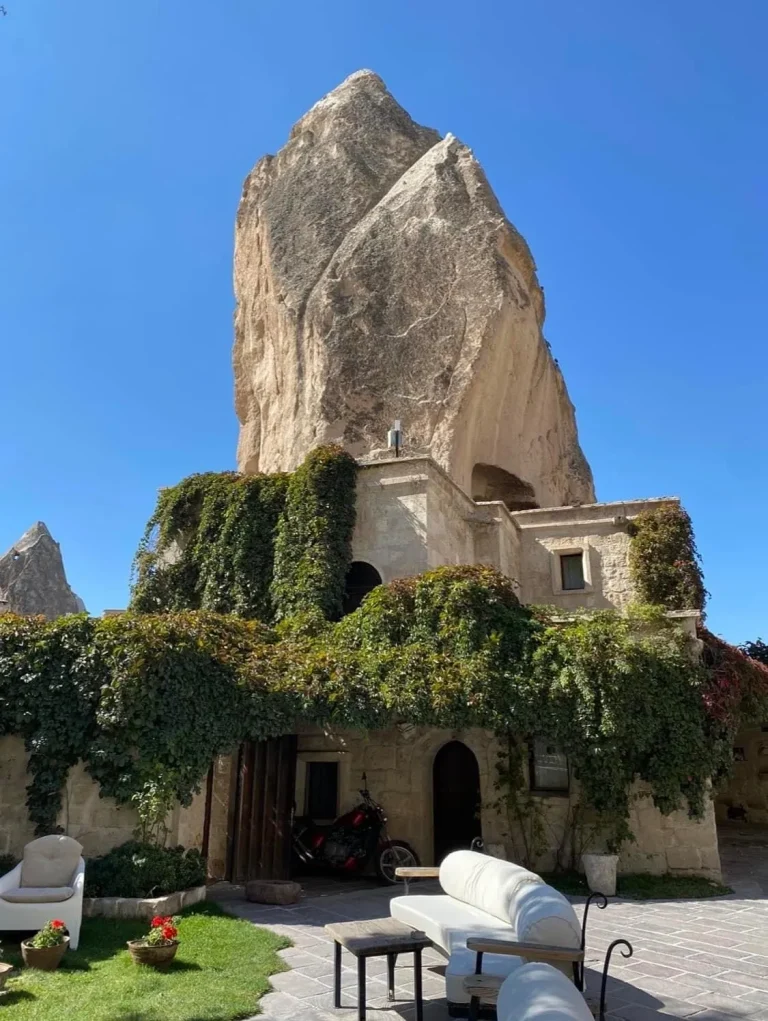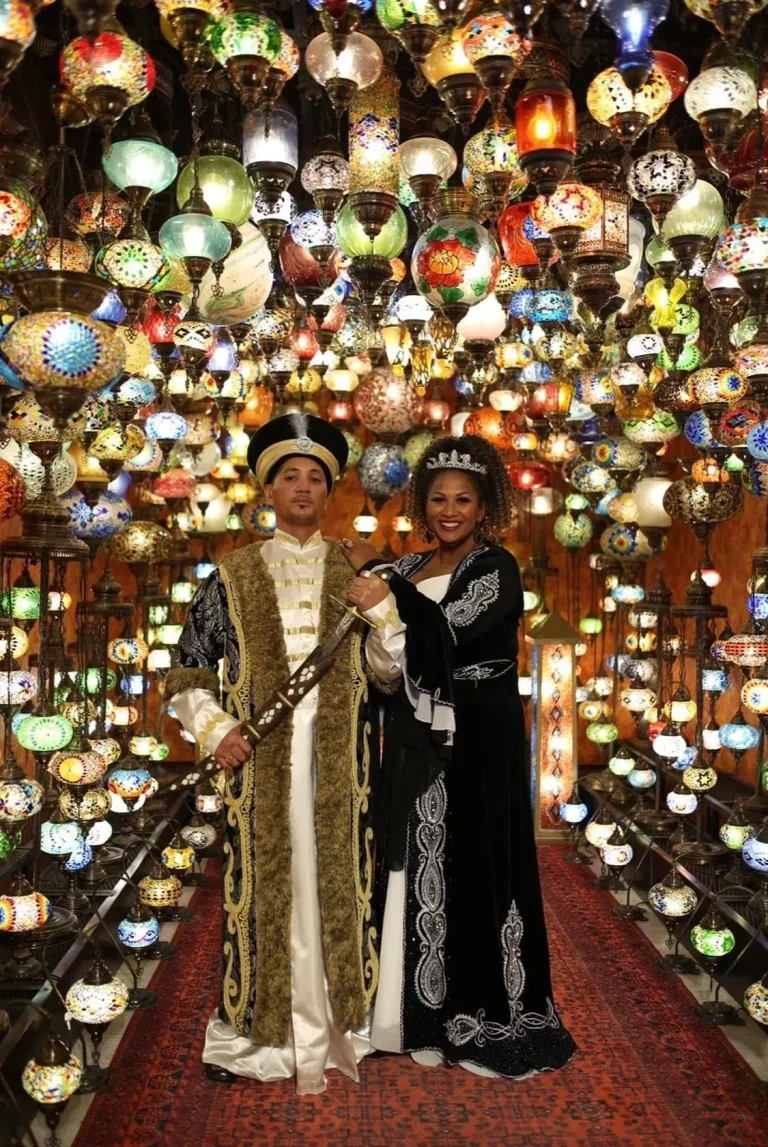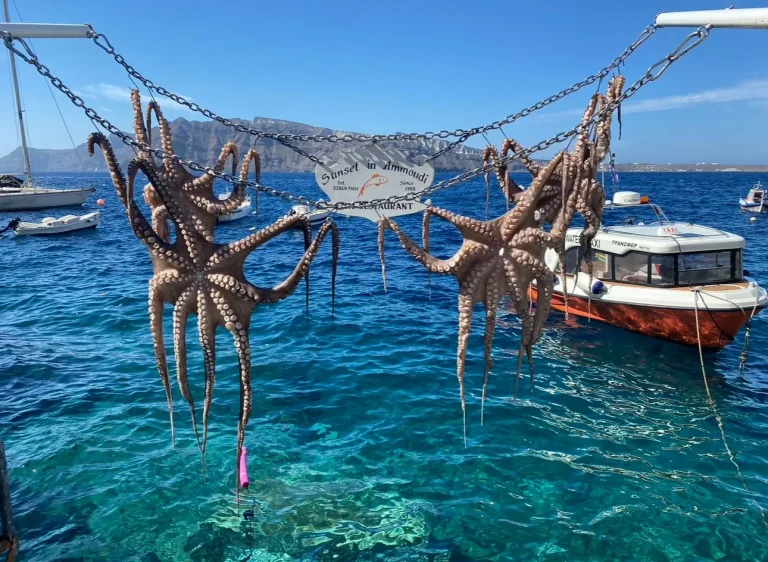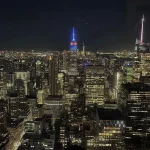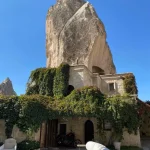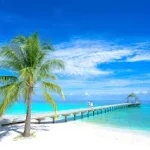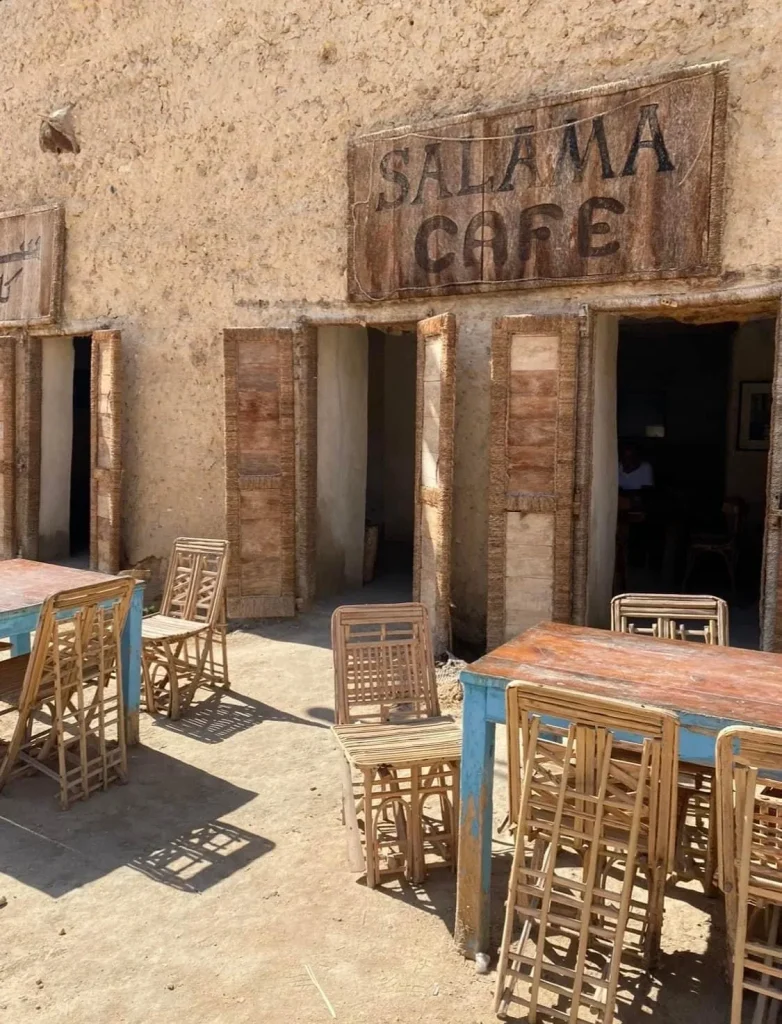
Siwa Oasis is known as a magical, remote, small town on Egypt’s western border that holds a rich history of isolation, blended culture and beautiful landscapes. If you’re wondering just how isolated Siwa really is, just know that the first road leading to the town wasn’t built until the 1980’s. Before, the only way to the desolate village was by expertly following camel tracks left in the dessert. While you may assume that the town, history, and culture of Siwa would be simple given its isolation, it actually continues to be one of the most unique and beautiful places to visit in Egypt. Since Siwa is known for incredible sunsets, bridal silver work , outstanding crafts, and breathtaking landscapes to explore, we were so excited to include it on our list of places to visit on our trip to Egypt.

One of our first stops as we finally entered Siwa, was Fatnas Lake. It is one of the two salt lakes in the region, both of which are known to have healing properties, making this place all the more magical. Fatnas Lake specifically was our first stop so we could enjoy our first sunset in Siwa. Sitting on the salty shores, it was hard not to think about the others who did the same at the end of a long day thousands of years before us. Siwa’s known history starts in the 10th millennium B.C. and has been a part of Egyptian history since the 7th century B.C. From Greek Myths and Alexander the Great, to the beginning of Christian pilgrimages and the Islamic Empire, Siwa has seen endless cultures, religions, and influences, making it even more special to experience. One of the most exciting aspects of our journey, is that each day, we got to experience a bit more of this incredible history.
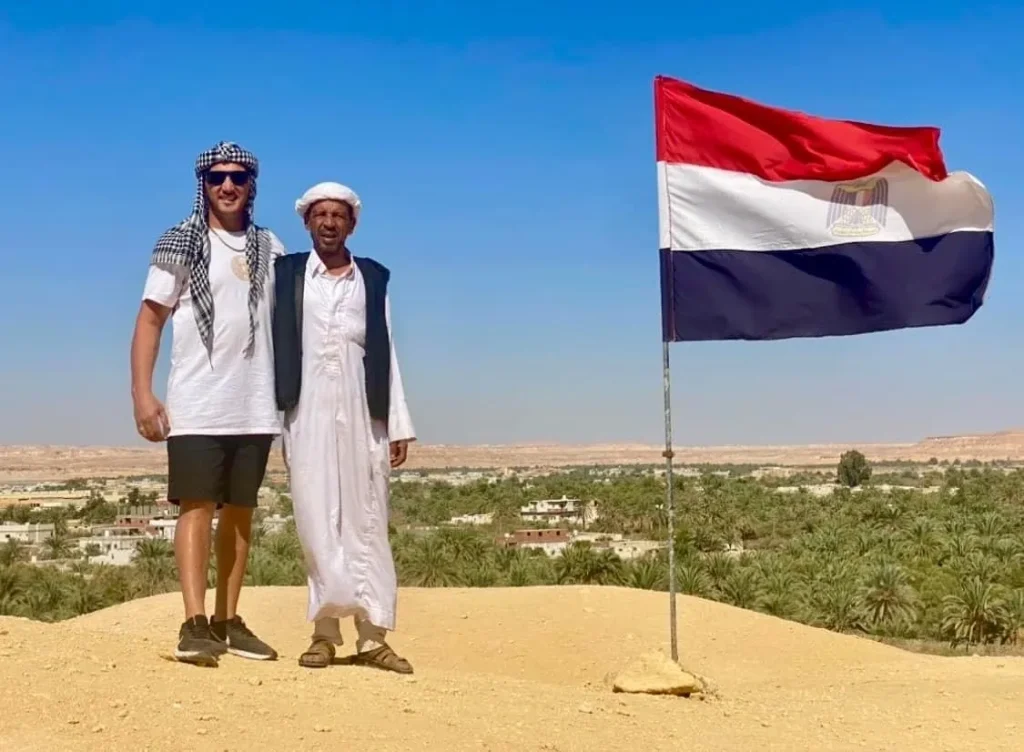
On our first full day in Siwa, we began at the Mountain of the Dead. Located just one kilometer from the center of town, this ancient structure holds evidence of thousands of years of history: from Egypt’s 26th Dynasty in the 6th century B.C. to the Second World War. There are actually no Christian tombs in the Mountain of the Dead, even though there are aspects of the tombs that were built during the Greek and Roman periods. As we made our way through the rooms that connect the tombs, we learned about many periods of history including the origins of the tombs from over two thousand years ago, the grave robbers from the Roman period, and the destruction from various wars in our modern history.
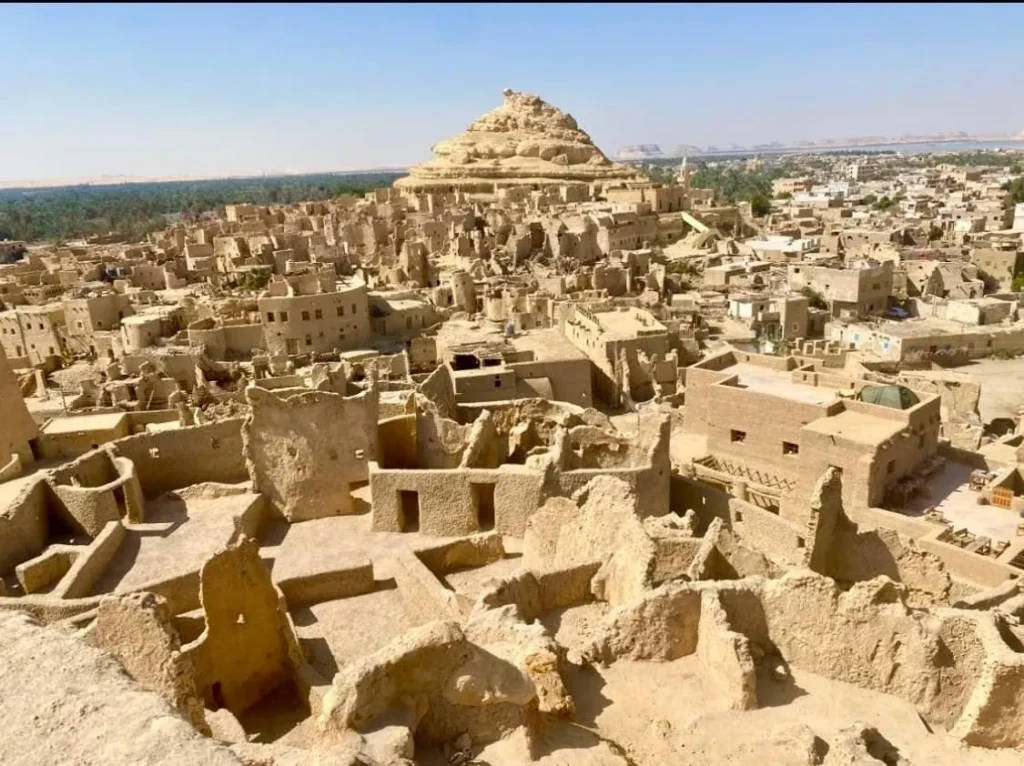
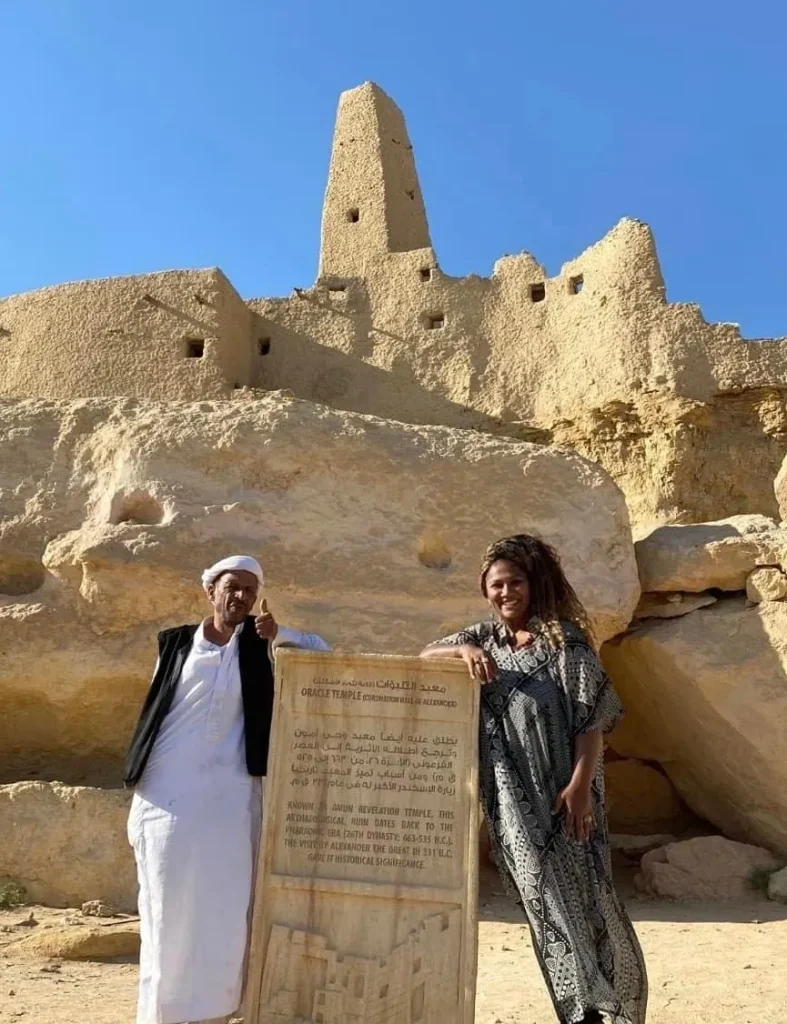
Our next stop was the Alexander the Great Temple, or the Temple of the Oracle. This spot just feels ancient and significant. It’s actually the Temple where Alexander the Great asked God Amun if he is the true pharaoh who was destined to rule over the entirety of Egypt back in the 4th century B.C. The temple itself was already 200 years old by the time Alexander the Great asked his question, and has been a place of refuge and pilgrimage ever since.
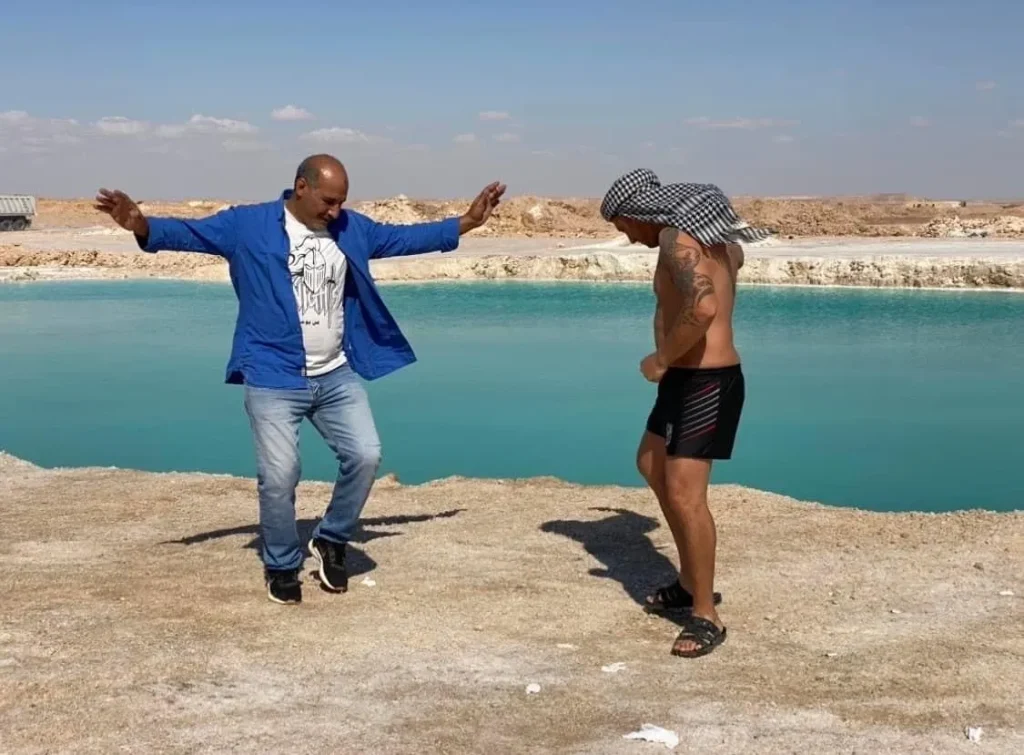
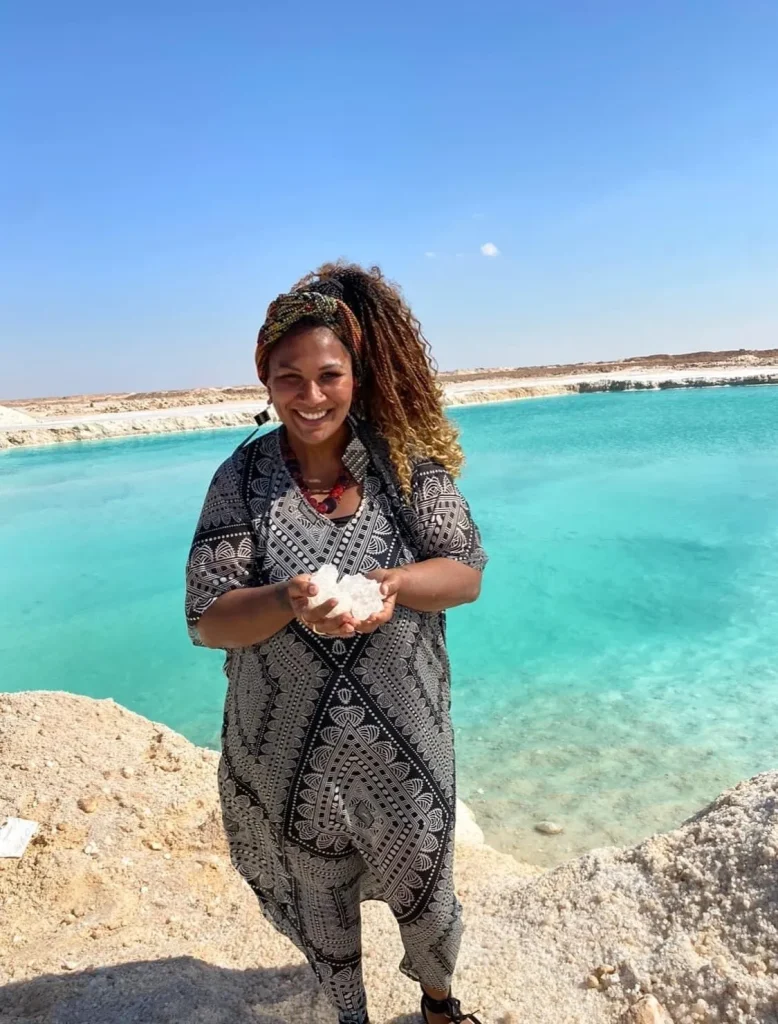
Taking a short break from the history of the area, we then got to float in the salt lakes of Siwa. The landscape around the town has always had plenty of salt, which helped create the area’s traditional architecture. Not only is salt a great building tool, it also makes both the salt lakes in the region wonderful swimming holes, creating an experience similar to that of the Dead Sea.
After floating in the ancient lake, we then made our way to the Eye of the Sun, which is also known as Cleopatra’s Bath. One of the many natural springs in Siwa, it is said to be the place where Cleopatra herself swam during her visit to Siwa well over two thousand years ago. In the following generations, local girls would bathe in this same spring before marriage, for it was said this would make you just as beautiful as Cleopatra herself.
We then made our way to the biggest adventure in Siwa: the Great Sand Sea. Located on the western border between Egypt and Libya, this small portion of the expansive Sahara Desert feels like you’ve stepped onto another planet. There are several locations with structures dating back to Roman times as well as springs along the edge of the sand that were historically landing spots for raiders and smugglers all the way up until the Second World War.
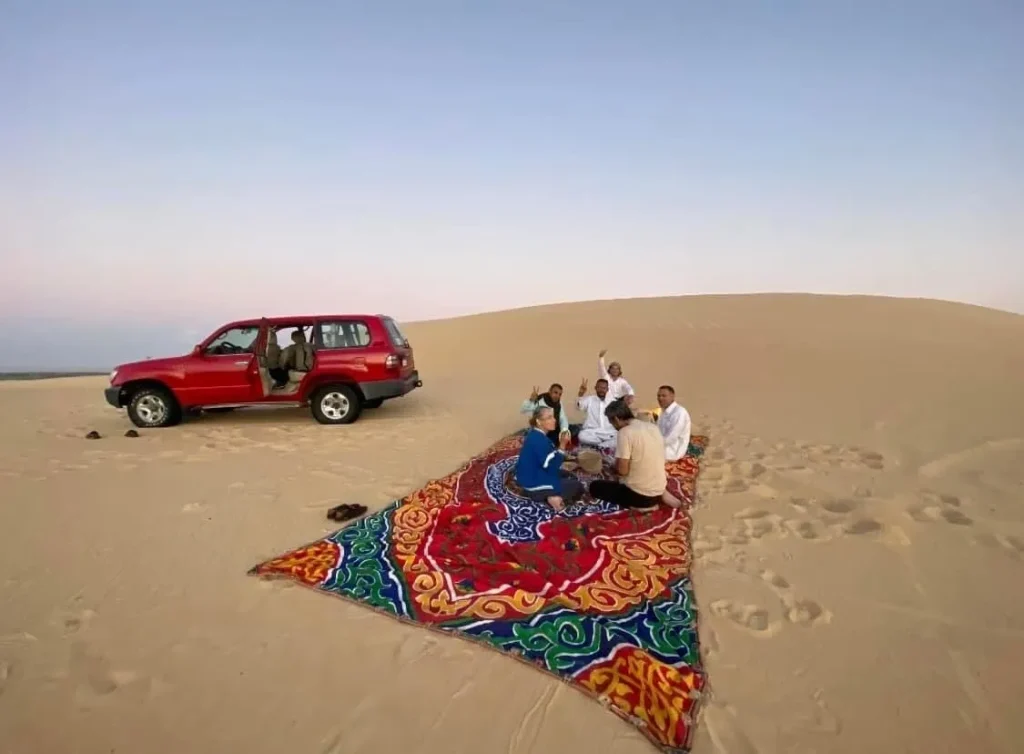
After the scolding sand, we got to cool off in the hot and cold springs a Bir Wahed. It is advised to start in the naturally cold freshwater pool then make your way to the bubbling hot spring at the top of a high dune. These naturally formed springs have been here for thousands of years and create the perfect environment, going from hot to cold depending on the time of day and temperature. It was the perfect way to end our adventurous first full day at Siwa.
Our second day was all about exploring the town of Siwa itself. The Shaly citadel is at the top of the hill that Siwa sits on and gives you a view of the entire town and surrounding area. Originally and ancient fortress known as Shali Ghadi, it was built in Roman times and remained occupied until heavy rains damaged it in 1926 when it was abandoned. Over the years it’s been reinforced, but the only remaining structure that is still in use, which is the Mosque, though it still pales in comparison to the ruins that stand five stories above.
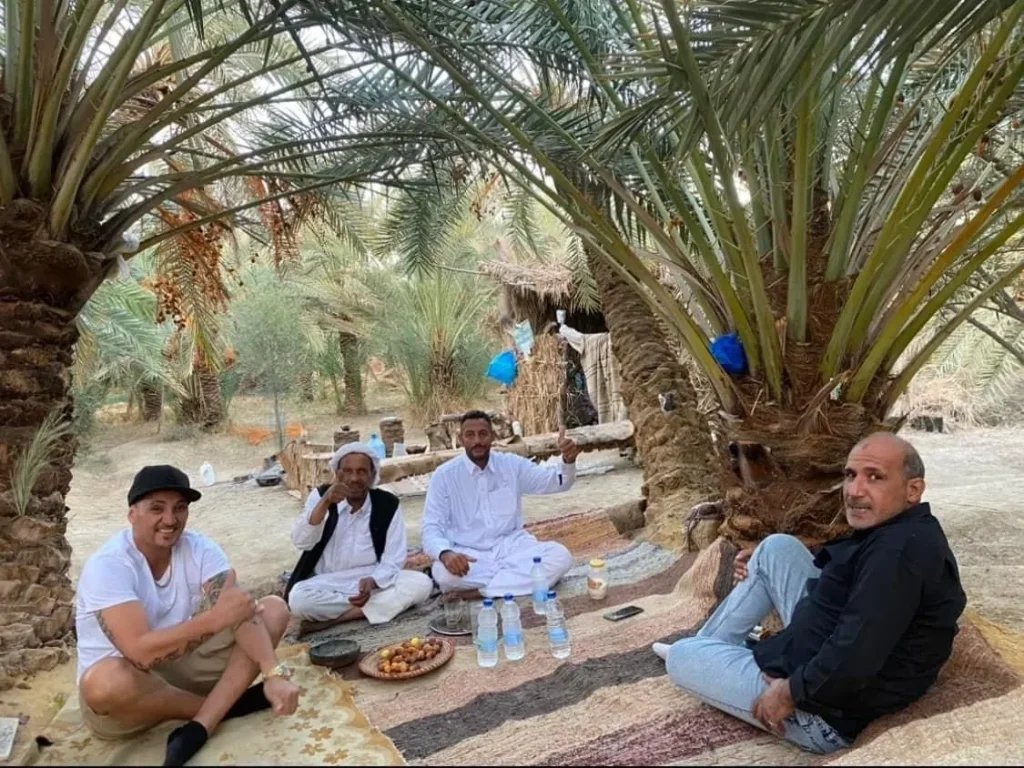
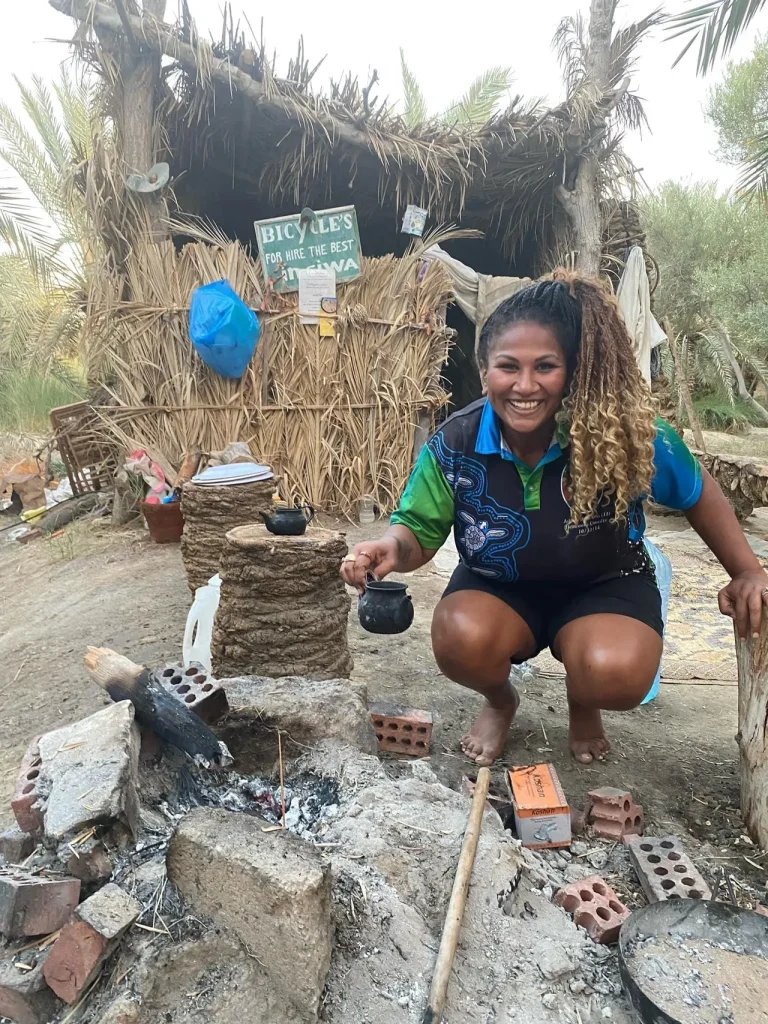
At first we were a little unsure if it was safe in Siwa as it was close to the Libya border where kidnappings can happen and we knew we had to go through some remote areas and police checks. We can honestly say it was our favorite part of Egypt there was no hassling it was so relaxed and the people were just so friendly and genuine. I truly do hope one day we can go back and show Kaimani when his a little older of this gem.

